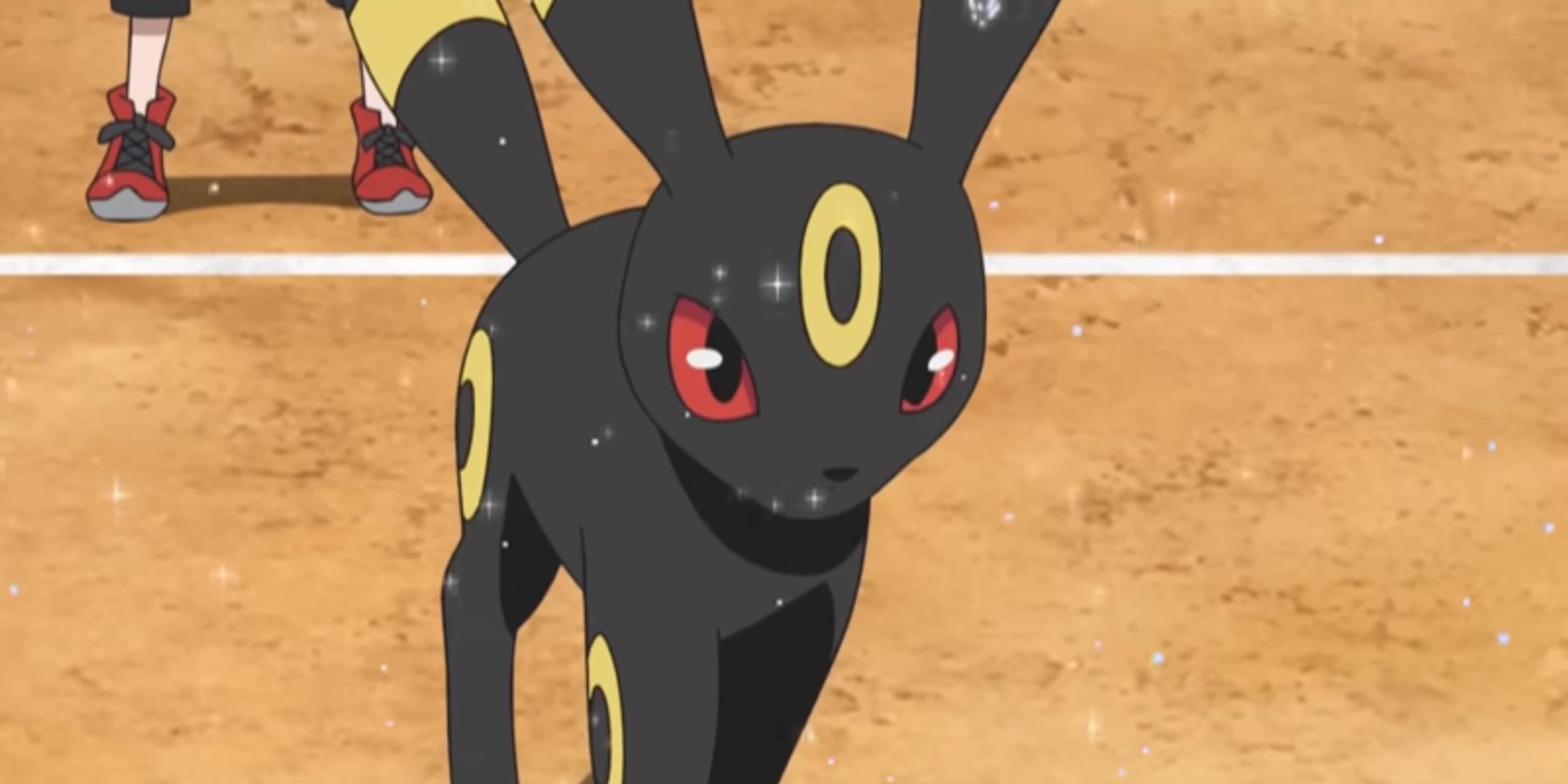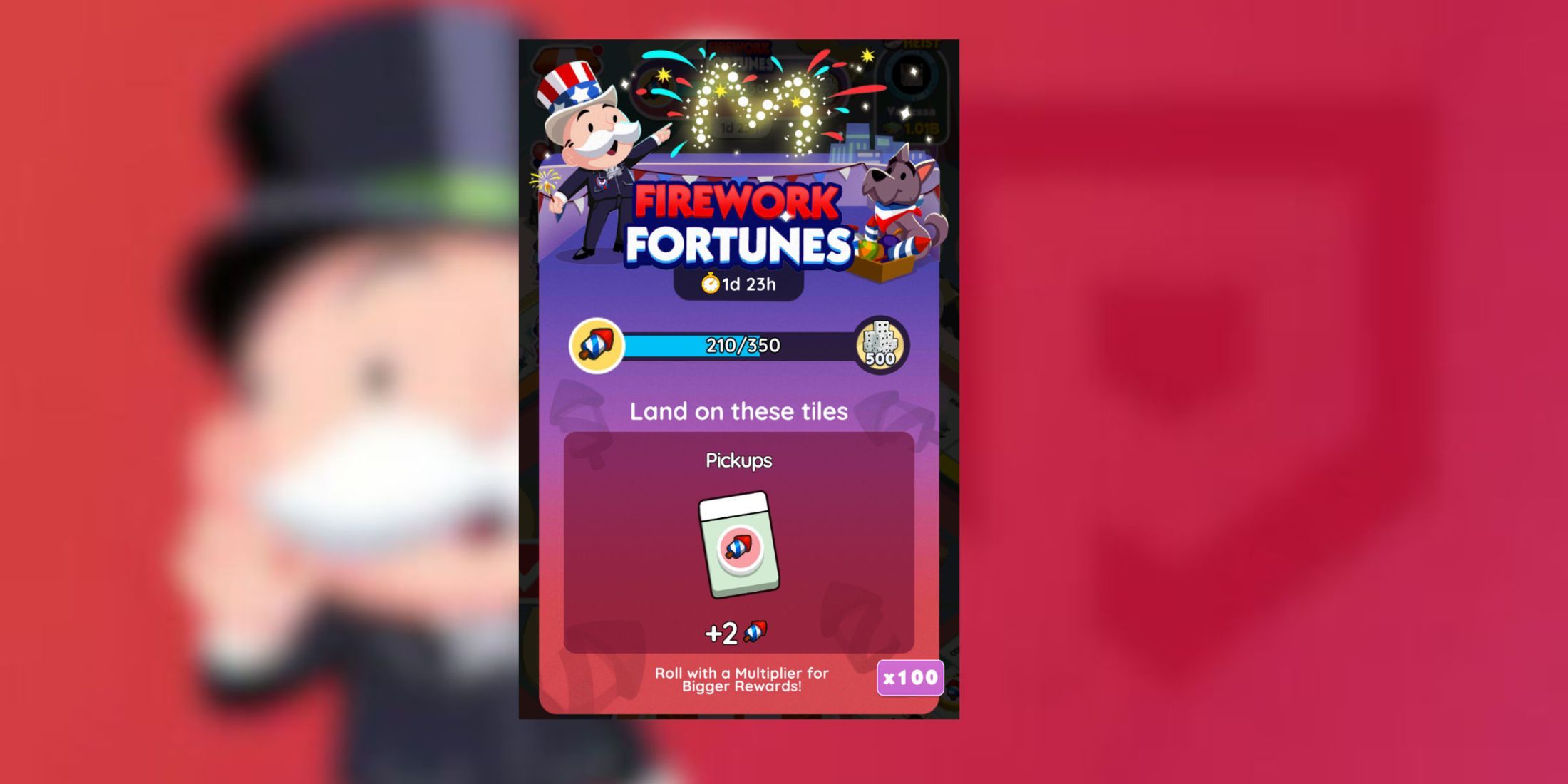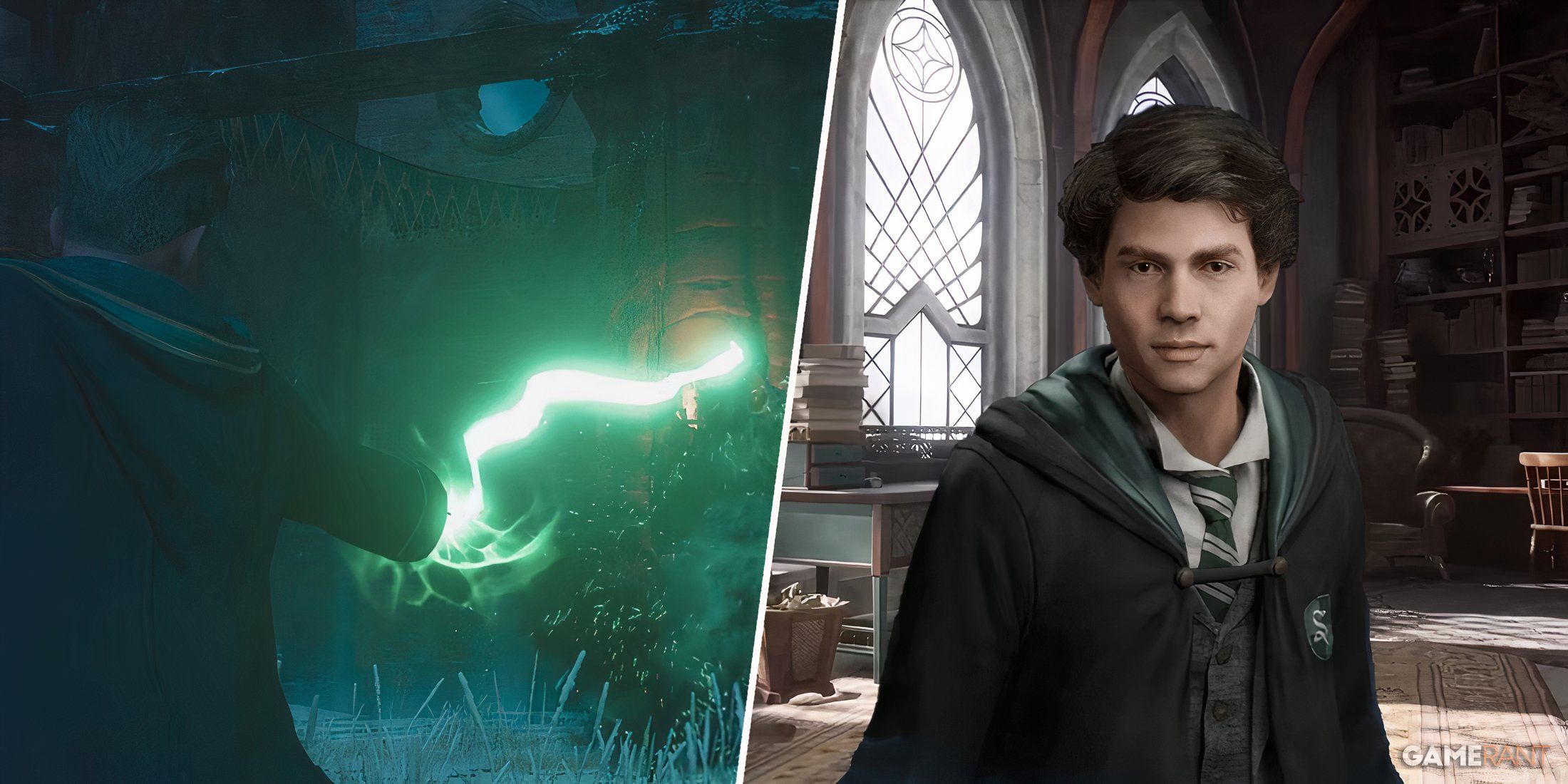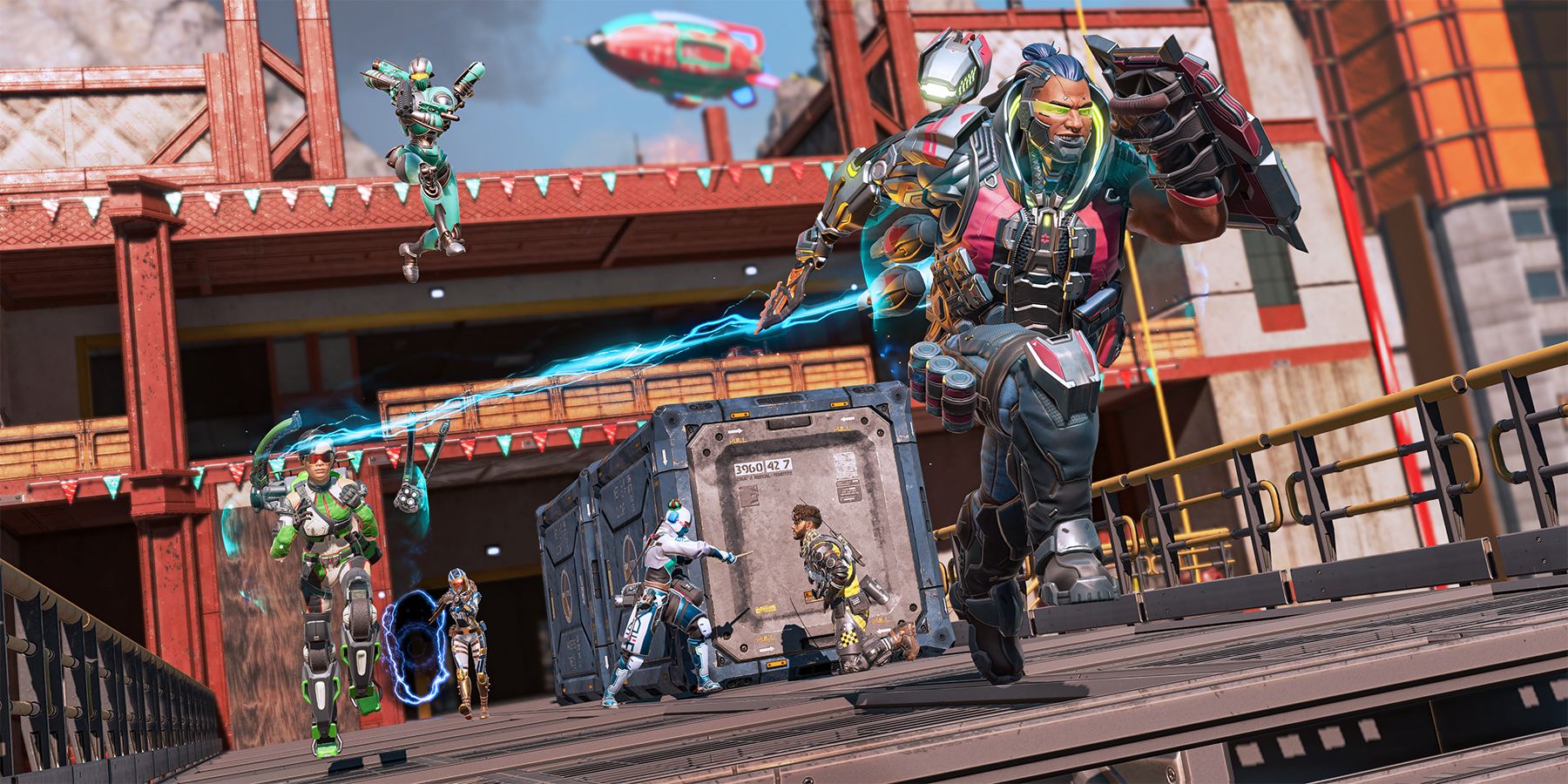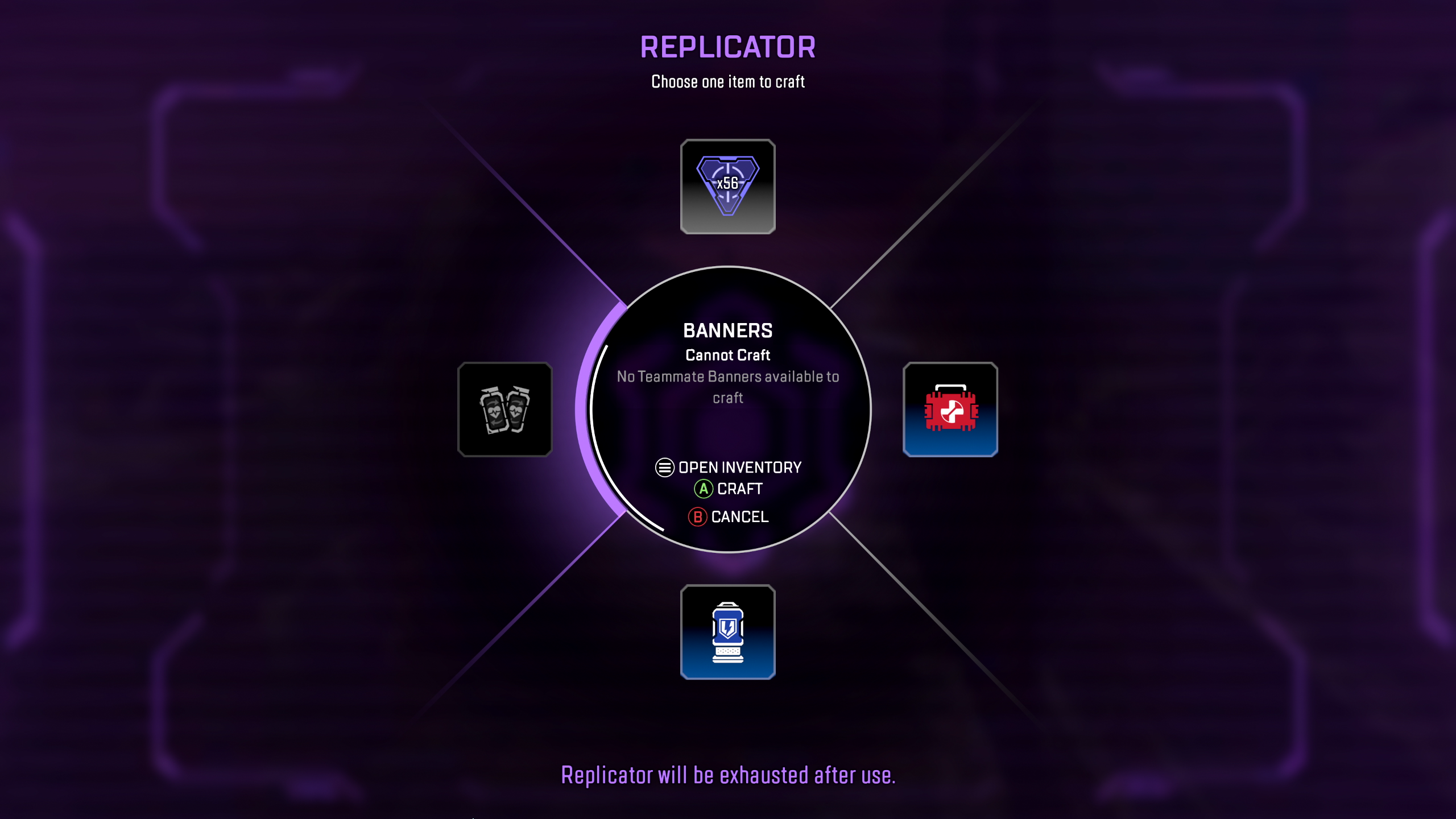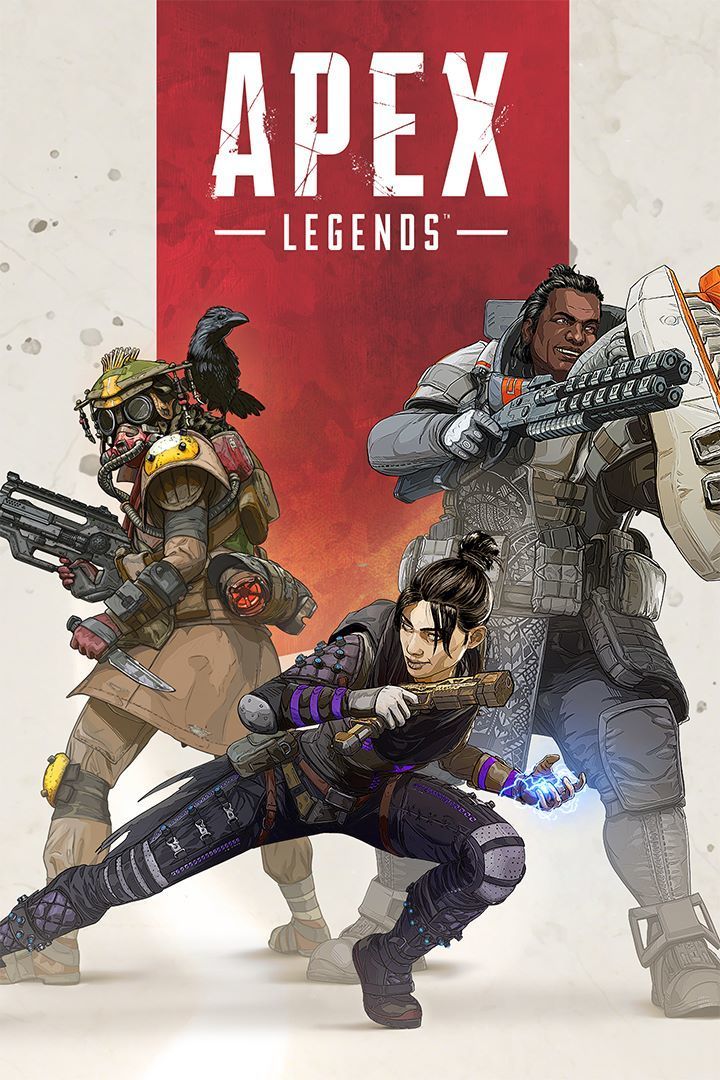Apex Legends is very much a game about evolution: the characters and meta change sometimes seemingly on a whim. However, Respawn Entertainment has shown its willingness to change core gameplay elements and patterns, too. The introduction of maps, legends, and guns is not as frequent as it used to be, while some seasons have been dedicated to class overhauls, dedicated character overhauls like Revenant, and more. The upcoming season 20, Breakout, is no different in this regard, as Respawn looks to overhaul how EVO Shields work, introduce a new Legend Upgrades system, and overall streamline the Apex Legends experience.
Game ZXC recently attended the Apex Legends Media Summit where we were able to play the new season 20 content. This included plenty of time in Battle Royale to check out these changes, some time in the Straight Shot LTM, and a few matches on the new Thunderdome Mixtape map.
There's More to the New Legend Upgrades Than Meets the Eye
On paper, the Legend Upgrades in Apex Legends seem simple, perhaps even too simple, but they are much deeper in practice. When players level up throughout the match, they get improved Shields and can pick between two upgrades. At level two, they can choose between two upgrades. At level three, they can choose between two more upgrades. The upgrades can sometimes be entirely unique abilities, like Lifeline unlocking the ability to self-revive, or they can be modifiers to existing abilities, like Wattson being able to set down two pylons. They can also sometimes be a choice between slight buffs. For example, we played a lot of Octane at the Summit, and his first upgrade choice is between receiving less damage from Stims and taking less damage from explosives.
Neither felt truly revolutionary until we put them into practice. At first, we didn't see much reason to take the first upgrade because Octane heals his Stim damage, but then the realization dawned on us that this meant we could use more Stims with fewer possible negative ramifications. The second upgrade felt more circumstantial because we either needed to throw a lot of grenades or recklessly charge in a lot (which does sound like most Octane players, to be fair). It soon became clear that this allowed us to tailor our playstyle in more unique ways, depending on how we wanted to play Octane. If charging in with abandon a lot, less damage from explosives is a great way to get in, drop grenades, deal damage, or push through grenade barrages. Meanwhile, the former meant we really didn't need to watch our health when stimming as much and could do so more frequently if we needed to rush into combat across a POI, quickly get the third-party jump, and so forth.
Some upgrades feel like an obvious pick, but it's clear that even the more basic ones add a layer of new strategy to Apex Legends. This overhaul falls into something that is more smart than obvious, and it'll allow players to express themselves and how they choose to play with Octane levels of abandon.
Apex Legends' EVO Shield Change is a Logical Progression
The other big change, going hand-in-hand with the Legend Upgrades, is the new EVO Shield system. Hearing that EVO Shields are no longer ground loot may quickly strike fear into many hearts, but it was a necessary change. To be clear, everything like shield swapping is still there; it's just done slightly differently, with temporary pips being picked up from downed enemies. But it creates a more level playing field where strategy and skill win out over luck.
Like Legend Upgrades, notably, this change is less about the RNG of picking a character and finding the best loot in two minutes as possible and more about ensuring players are actively thinking about what they bring to the table. Contributing to their class functions, sticking with the team to deal damage and wipe others, and much more are now at play to ensure players get the best shields possible in Apex Legends, not luck. Players have to fight, play the class, and keep the pressure up to level up their character and their shield, and that chase for XP, for the next shield, feels like a definitive Apex experience. It's one of those things that feels like it's been part of the game all this time, but is now properly rewarded for players who play with intent.
The Streamlined Experience is a Nice Touch
While it may take a minute for players to get used to all the changes, the fact is the Replicator changes feel natural. It already felt like getting crafting materials was arbitrary, as it's easy to accumulate them over a match in the current season without much thought, and yet that could limit or change what players find in the crafting stations. Instead, dropping in and grabbing a healing item, ammo, or a teammate's banner with a support character in Apex Legends just made for a better experience overall. The entire process is also sped up a bit, so players can keep their focus where it belongs: on the fight, on the next objective, and on the win.
Apex Legends' Straight Shot LTM is The Best Way for Parents to Play
Straight Shot is essentially an Octane stim to the standard battle royale experience. Players drop immediately instead of being tied to the Jumpaster, the ring is already shrunk in around a key area of the map, the player count is smaller, and guns already have loot and attachments when picked up. Players can still swap for their preferred scopes, but it's straight into the action with this LTM. What's more, it's right back into the action as players can queue straight from the game mode without returning to the lobby. In past seasons, Apex Legends LTMs would sometimes test features for the core battle royale experience, and the ability to queue while spectating isn't something that should be limited to the LTM.
What's really impressive about it is how quickly everything happens. It's like the rare last two circles of a match where an unreasonable number of teams are still alive. If players die quickly or win, it feels like the final ring of Apex Legends without all the looting or time between confrontations. It's the quickest battle royale match we've experienced to date, and it's perfect when someone like a parent doesn't have time for a lot of long matches. Players could easily get in 2-3 matches of Straight Shot in the same length of time as the main battle royale mode, and it cuts all the downtime out. It's a straight shot to the fight.
Overall, Apex Legends season 20 is making a ton of smart changes and adding tons of fun content. It's a simple, but straightforward celebration of everything that defines this game. And then some.

